A new flock of pajareros has recently been discovered in Cosanga, a small town in the Napo Province of Ecuador. The females of the species tend to wear bright pink while the males prefer deeper tones of red or orange. All wear blue jeans and sport muddy, black boots.
What is a Pajarero?
The word pajarero originates with the Spanish word pajaro, which means bird, specifically a song bird. With the addition of the ero ending, the word means a person who has an appreciation for birds. More simply put, pajarero translates as birdwatcher.
Where is Cosanga?
Many of you won’t have heard of the small town of Cosanga. Especially if you are not a birdwatcher.
Cosanga is not unlike Mindo, a popular place for birdwatchers and adventure tourists. Both towns are a couple of hours from Quito, are surrounded by high altitude cloud forests, have habitats rich in bird species, and are home to the endangered Spectacled Bear.
Cosanga just happens to be on the East Slope (or Amazon-side) while Mindo is on the West. Cosanga is not as well known as Mindo. However, a small group of local pajareros might change that.
Cosanga Club de Pajareros
Not even a year old and the Cosanga Club de Pajareros is twenty members strong. All live in and around Cosanga. The youngest is just 8 years old. The oldest is a whopping thirty-five. The day we met, there were 7 club members walking the trails at Cabañas San Isidro, and more than half of them were female. This is not your average birdwatching club from the United States.
Like most birdwatching groups, their primary goal is to see birds. They take group trips two times a month, visiting up to 8 different trails in an attempt to document the bird species that live and migrate to the area. These same trails are the ones used for the annual Christmas Bird Count. The number of species identified on this day can directly correlate to the number of birdwatchers who will later make reservations for lodges in and around Cosanga, bringing tourist dollars to the local economy. Founding members, Wilmer and Angel, have both worked at the Yanuyacu Biological Station, where they learned to love birds and birding. Leondan works with a tourist agency in Quito, Wasi Panka Tourism. These three were definitely the most vocal and the most used to talking to tourists like myself.
Birding Guides in Ecuador
Since three members already had worked in tourism in some way, shape, or form, I asked if any of them were interested in working as birding guides. They seemed surprised. Being a birding guide in Ecuador does not require any special degree or certification. However, it is important that a guide knows the area where they are birding and can identify the most common species in both English and Spanish.
Furthermore, a birding guide who can speak another language, like English, French, or German, can charge two to three times more than a guide who speaks only Spanish. Most lodges hire guides directly but there is some demand for freelance birding guides. And while this might be a future interest for the group, none of them were sure if they were going to become guides.
Female Birding Guides
At this point in the conversation, none of the young women had spoken so I asked them the same question directly.
While it is rare to find Ecuadorian birdwatchers, it is even rarer to find women who are interested in birdwatching, and even rarer to find a female birding guide. While all of them claimed no interest in becoming a birding guide, I got the feeling that none of them had ever considered the possibility. I hope they reconsider.
Many woman travelers would love to hire female birding guides. They are a rare find in Ecuador. Elizabeth did tell me that she likes the birdwatching club because she enjoys seeing different kinds of birds. Diana’s favorite bird is the Long-tailed Sylph and Josselyn loves the Collared Inca, both birds common to the region. Being a great birding guide starts with loving birds and these women are definitely taking steps in that direction.
Supporting Local Birdwatching
Lodge manager, Alejandro Valenzuela Guerrero, says the group visits Cabañas San Isidro about once a month to identify and photograph birds. He is doing everything he can to encourage the club to continue exploring the area. He understands that lodges need to have a good relationship with locals. Moreover, relationships are strengthened by sharing a common interest, like birdwatching.
Birdwatching in Ecuador is not a common hobby. Ecuadorians are just beginning to learn about their own wild places. Many Ecuadorian lodges that cater to birdwatchers only receive foreign guests. It is a Catch-22 for many places. Foreigners can afford to pay more than most Ecuadorians and the Ecuadorians who can afford to visit these lodges prefer to travel out-of-country to places like Orlando and Miami. But for Ecuadorian tourism to grow in a sustainable manner, especially eco-tourism, Ecuadorians need to be a vibrant part of not just the labor side of the business, but of the customer-side as well.
This birdwatching club is a small example of how Ecuadorians can start the process of becoming consumers of their own tourist economy. It starts small. And it starts with lodges like Cabañas San Isidro offering the use of their trails for free. Then when little girls like Wilmer’s daughter grow up and remember walking these trails, they might come back with their own children to walk them again.
Help the Cosanga Club de Pajareros To Grow
If you would like to help the Cosanga Birdwatchers Club grow, you could help by donating equipment like binoculars, birding guides, and cameras. If you are planning a trip to Ecuador, those items could be given directly to the club – Alejandro could help schedule a meeting while you are visiting. If you are not planning a trip sometime soon, please contact me directly and we will find a way to get your donation to the club.

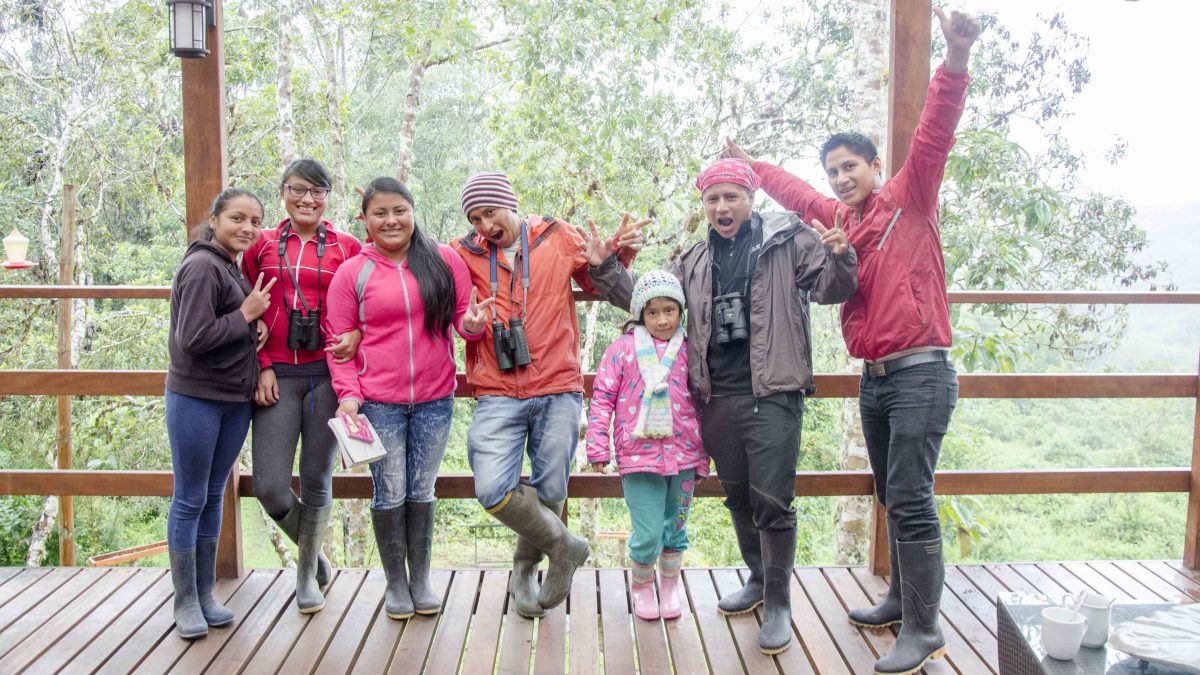


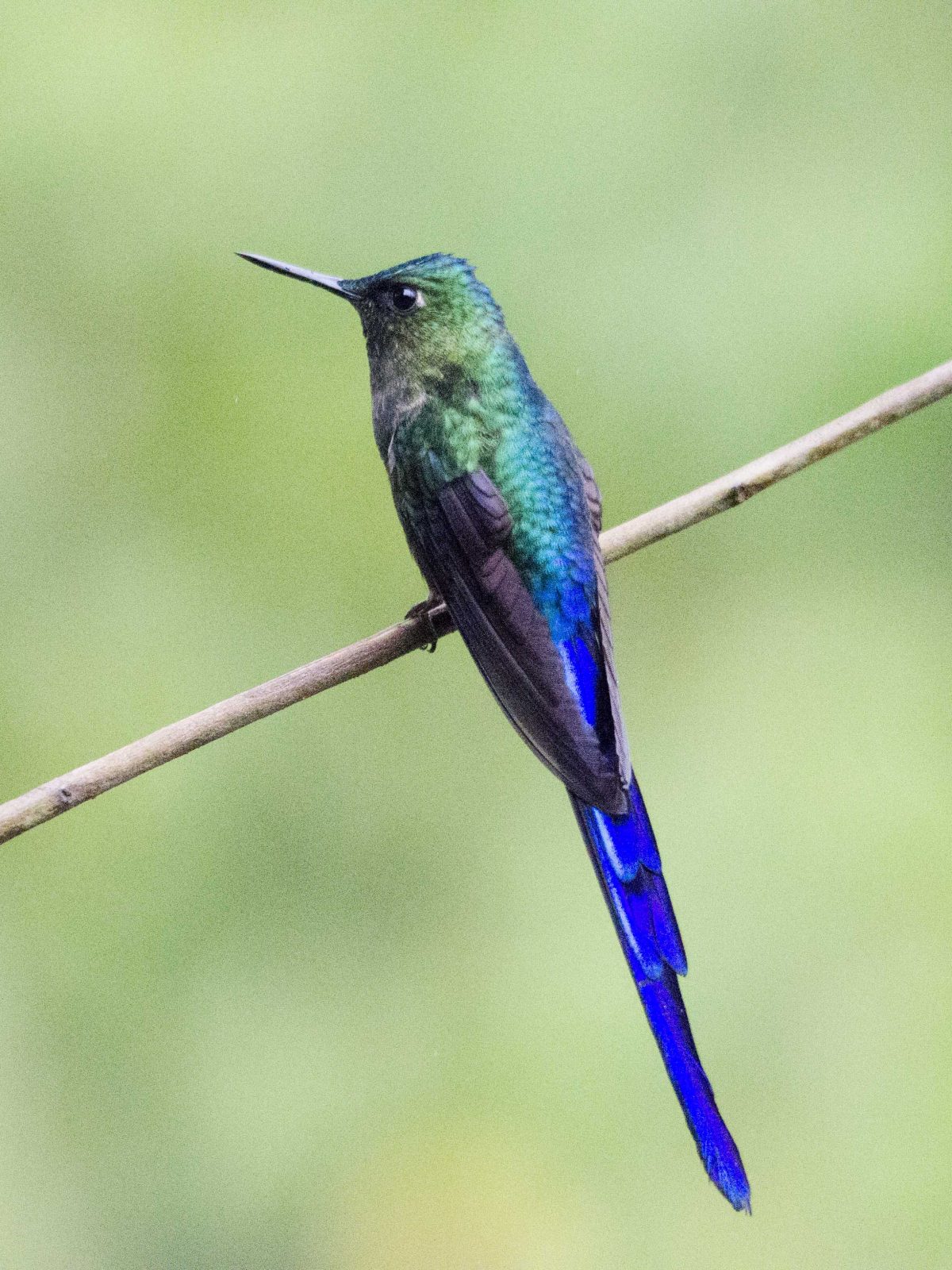
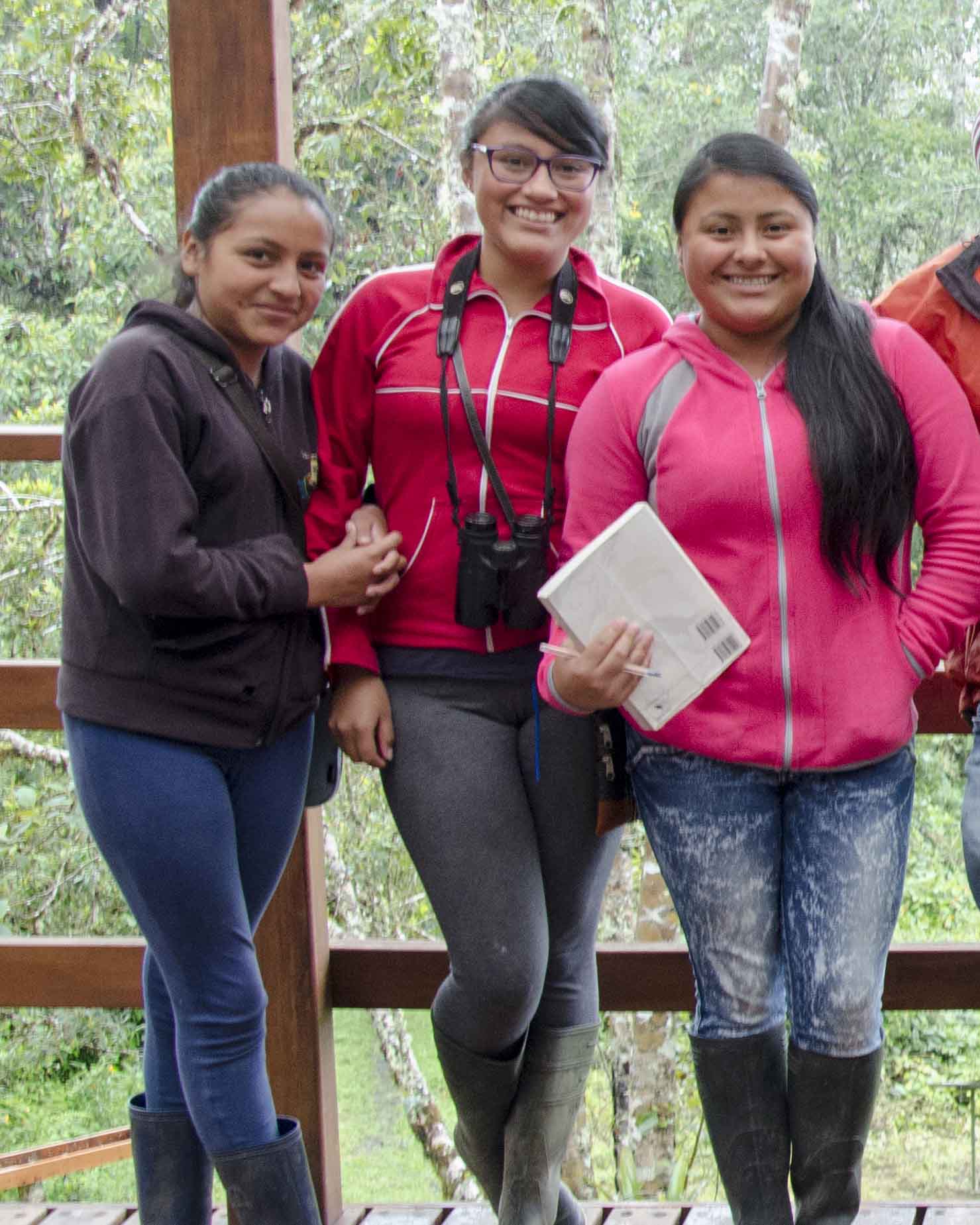

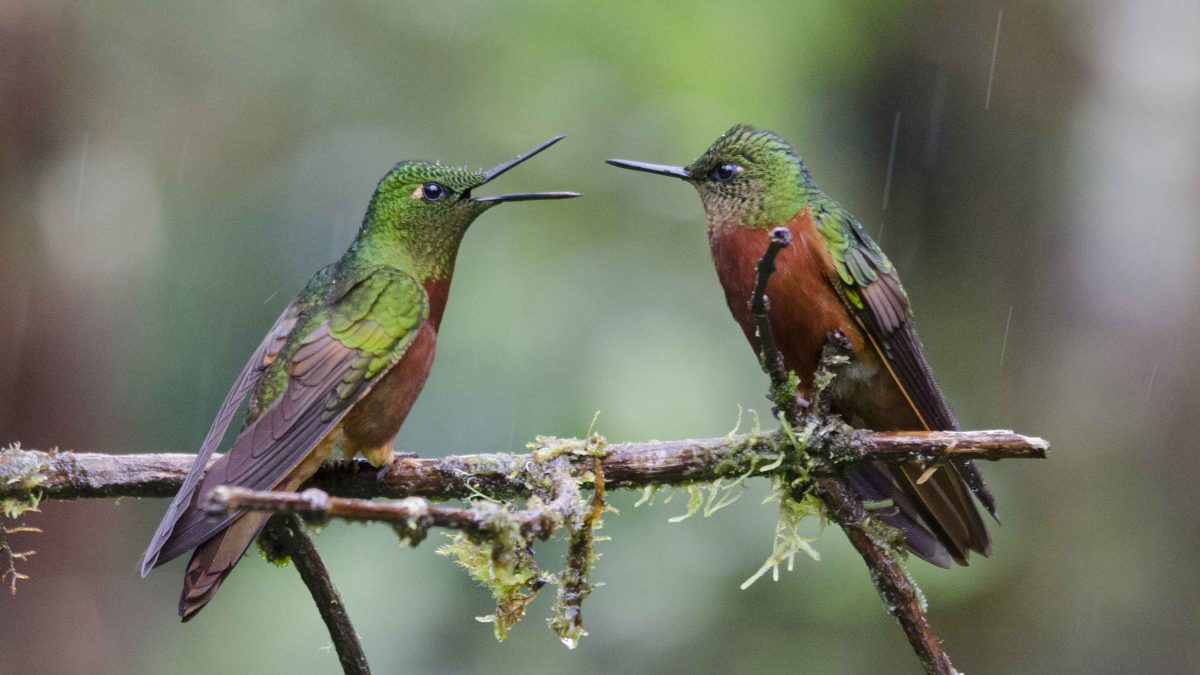
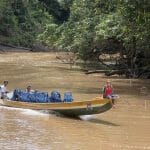


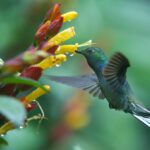
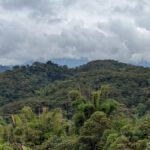

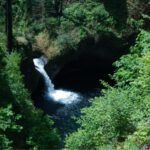




0 comentarios